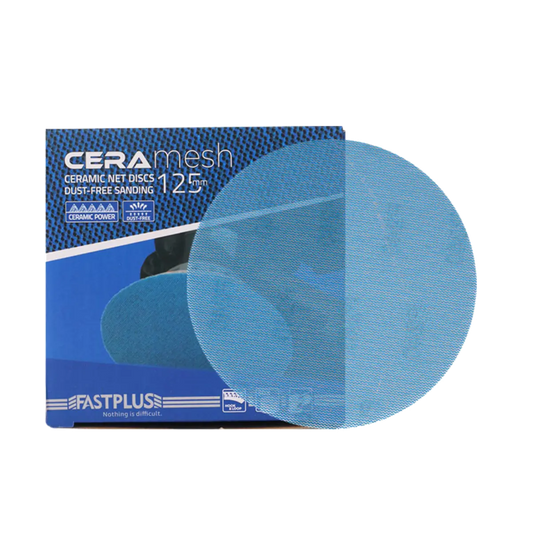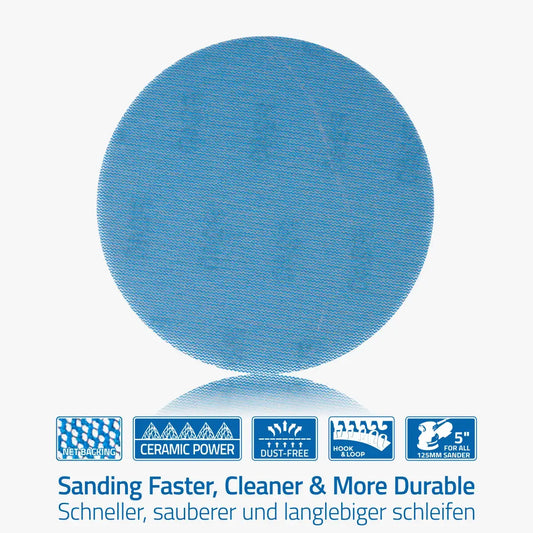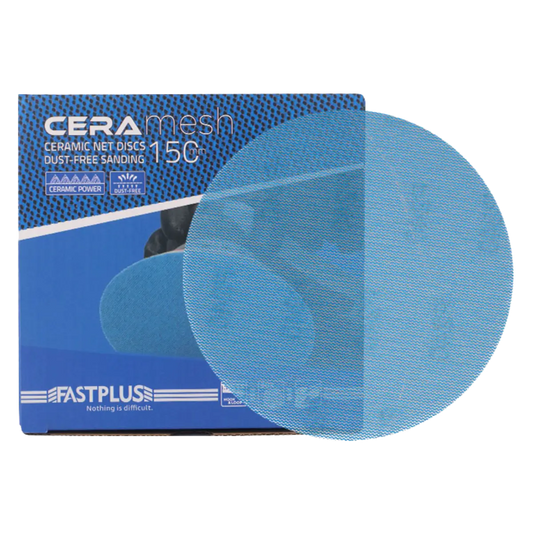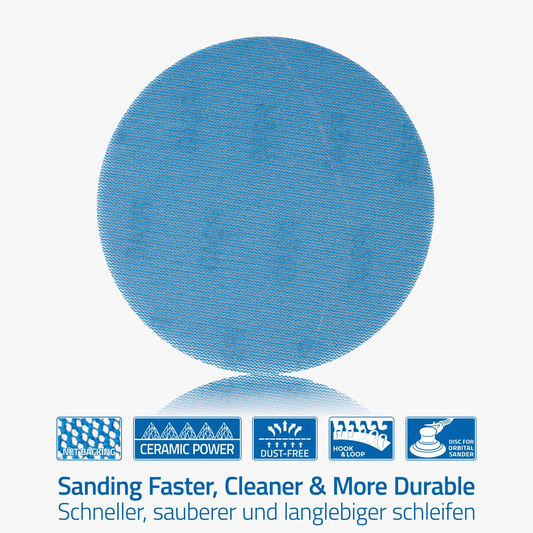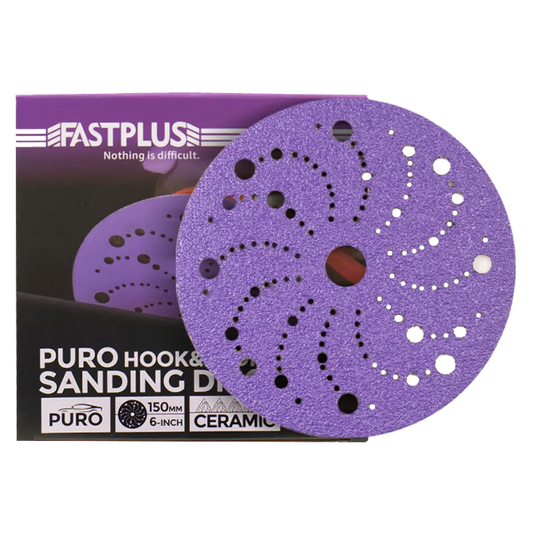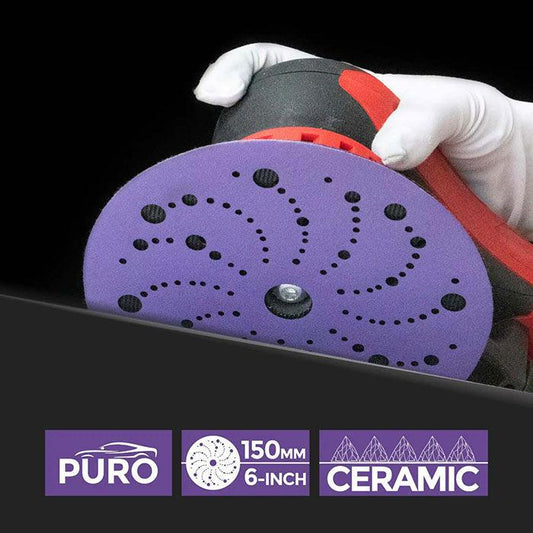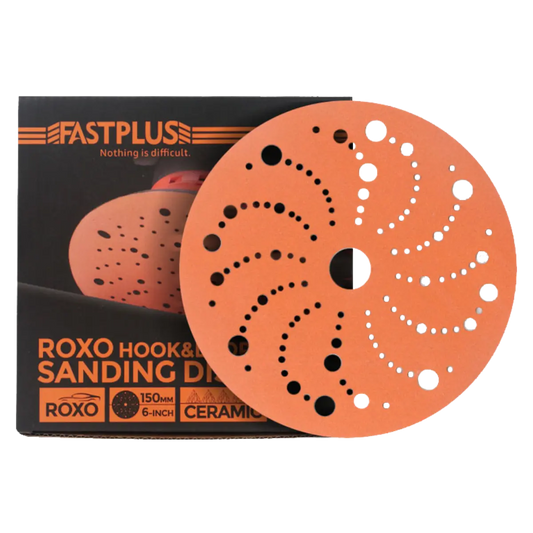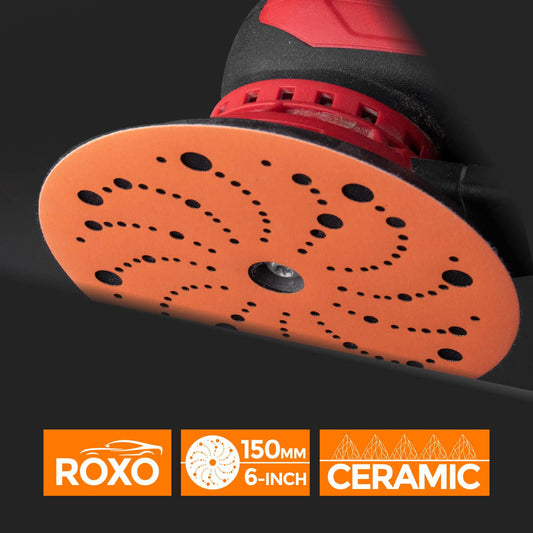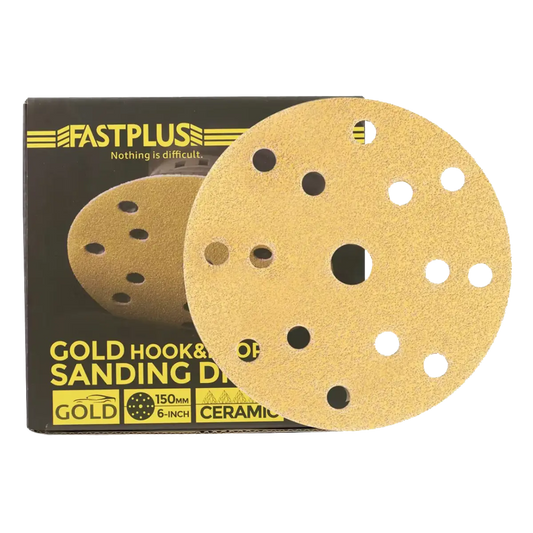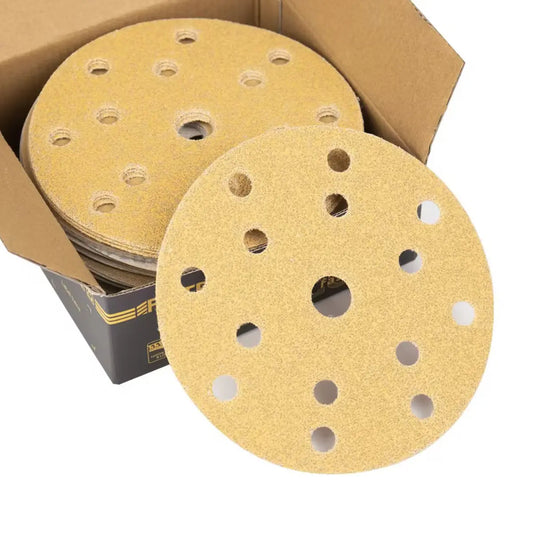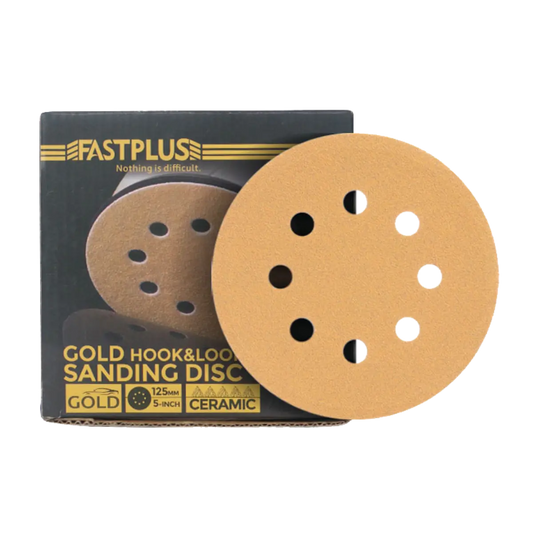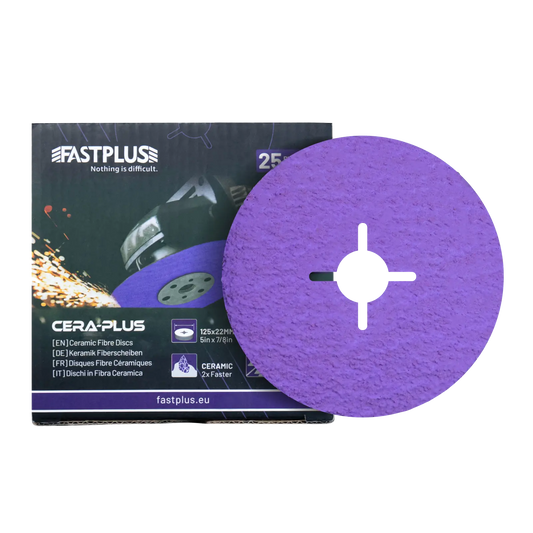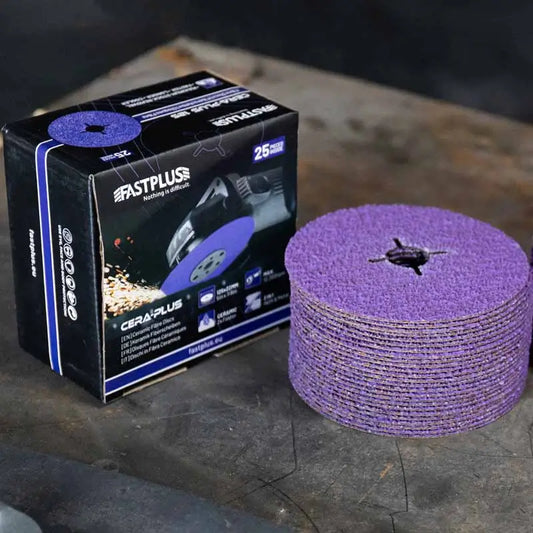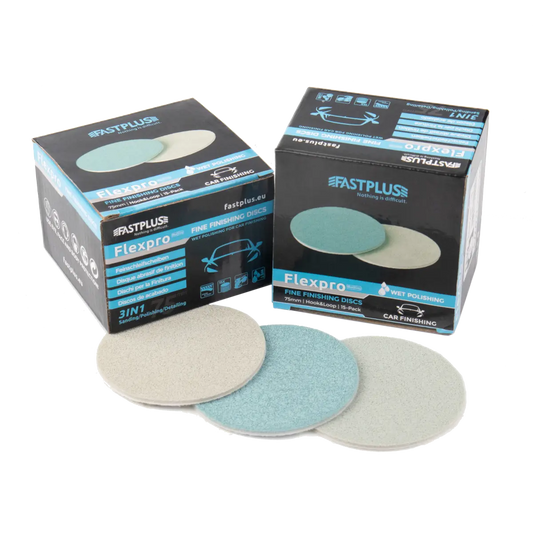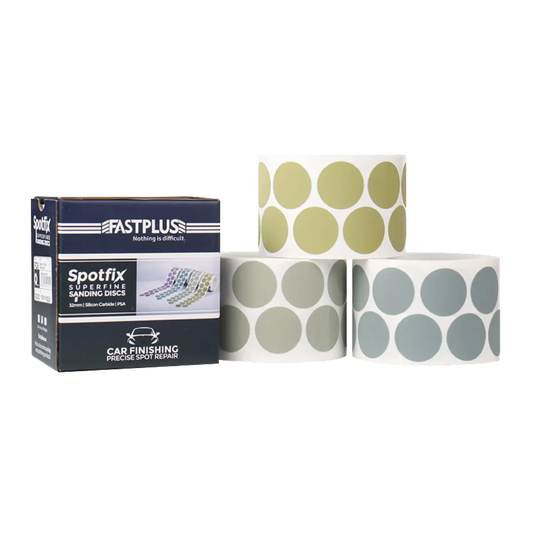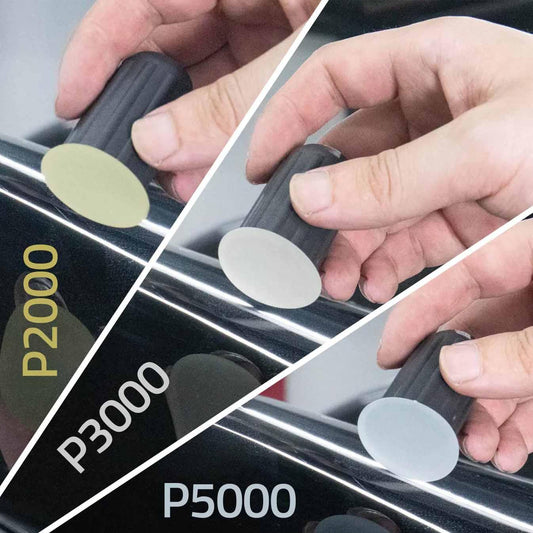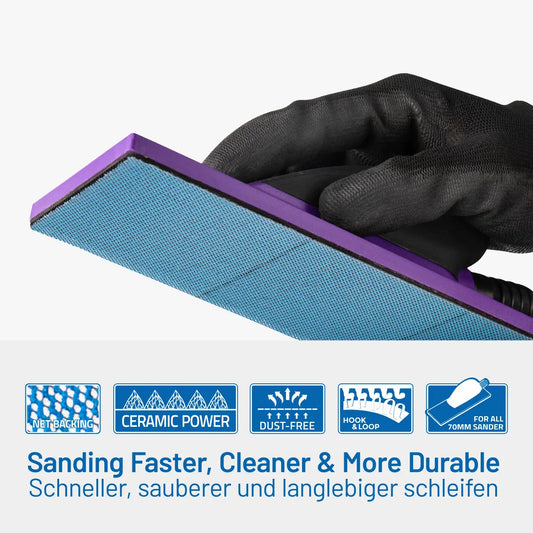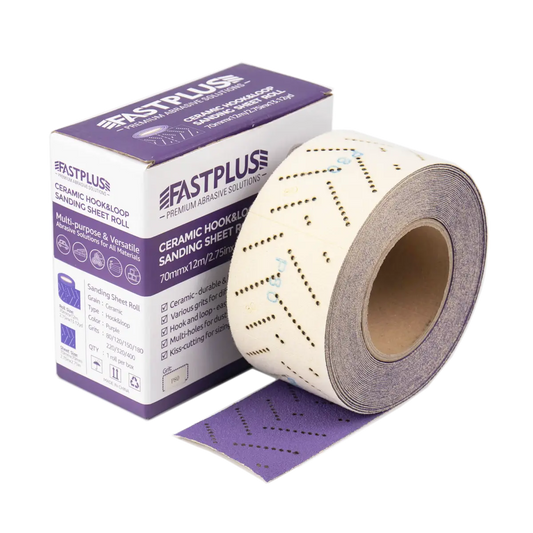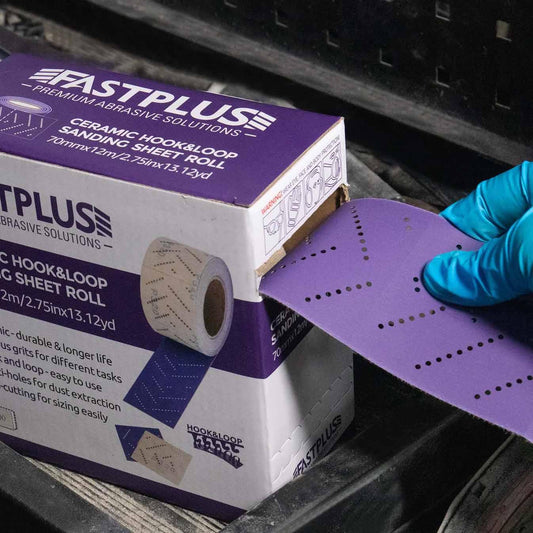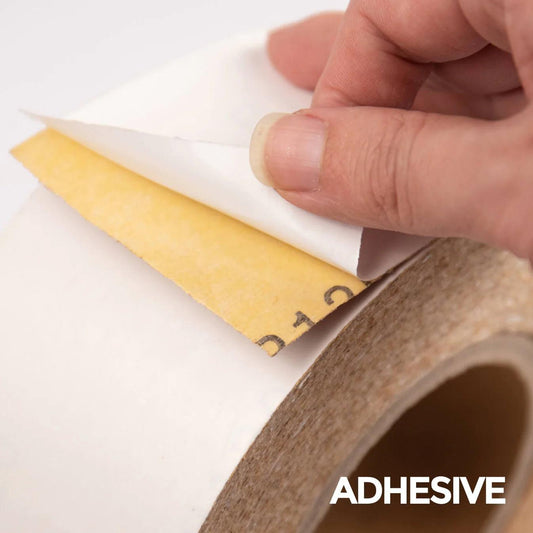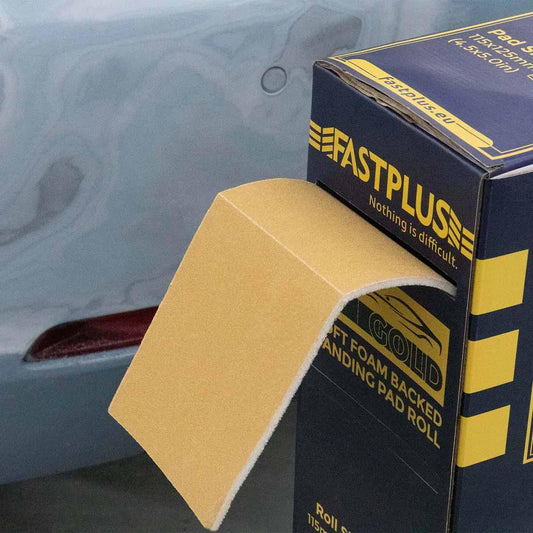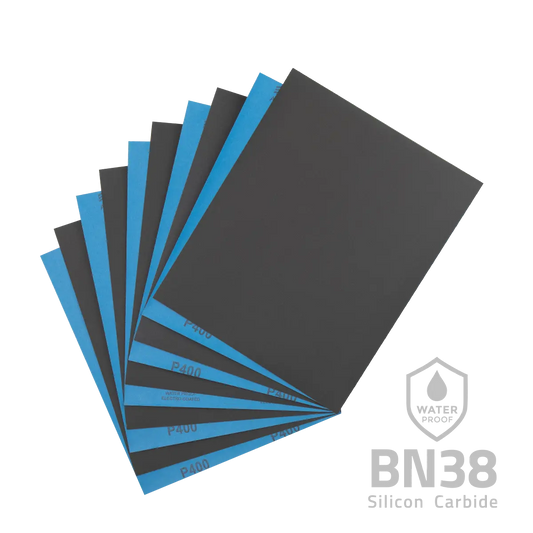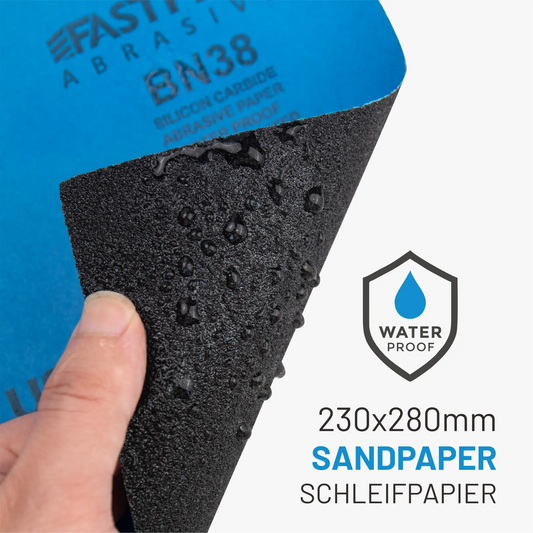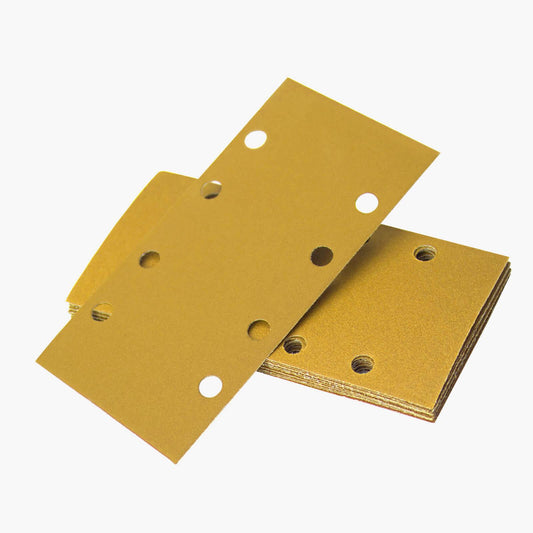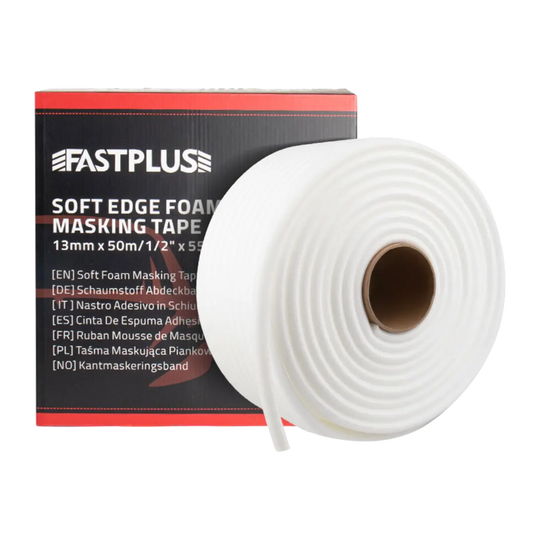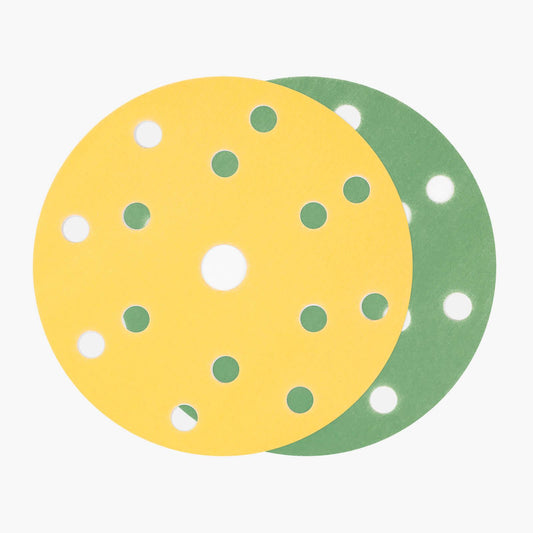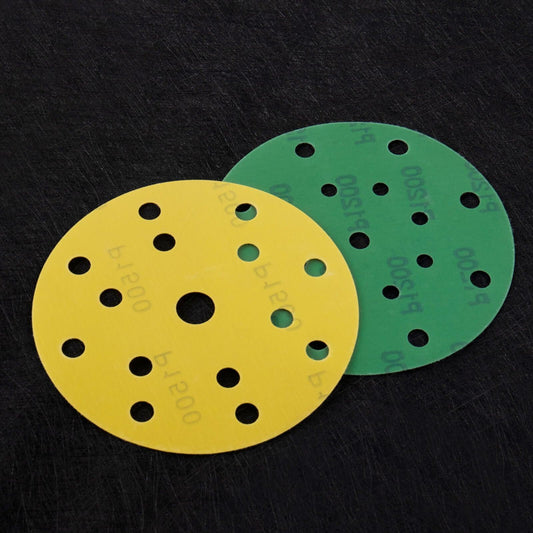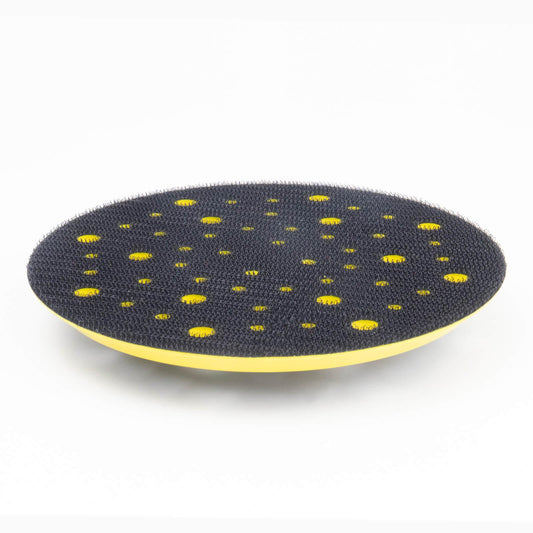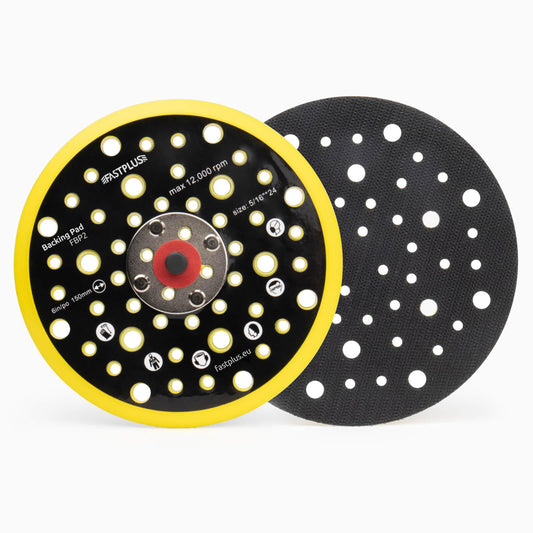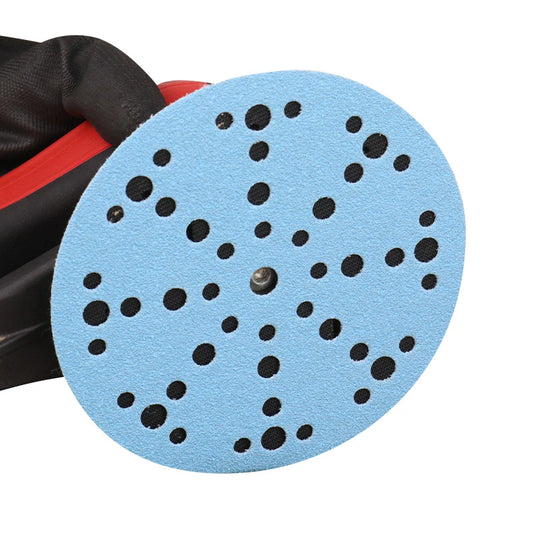
How to Fix Runs or Sags in Clear Coat?
When you’re applying clear coat to a freshly painted car panel, nothing’s more frustrating than seeing a run or sag develop. These imperfections appear as uneven drips or waves in the coating, ruining the smooth mirror-like finish you’ve worked so hard to achieve. But don’t panic — fixing a run or sag in clear coat is entirely possible with the right tools, patience, and technique.
This article will walk you through why clear coat runs happen, how to repair them safely and effectively, and what tools and materials you’ll need for a professional-grade result.
What Is a Run or Sag in Clear Coat?
A run or sag occurs when too much clear coat is applied to one area, causing the liquid to flow downward before it cures. This leaves an uneven buildup of clear coat that dries thicker in spots, forming visible streaks or droplet-like distortions on the surface.
Runs can appear:
- On vertical panels, where gravity pulls the excess clear coat downward.
- Near edges or body lines, where buildup naturally occurs.
- In low spots, where too much product pools.
Although they look bad, these defects are only on the surface. If handled correctly, you can level them out and restore a perfect gloss without repainting the panel.
What Causes Clear Coat Runs?
Before you fix the problem, it’s worth understanding why it happens. Common causes include:
-
Excessive Spray Volume or Overlapping Passes
Applying too much clear coat or overlapping each pass too heavily saturates the surface, making it impossible for the material to level evenly. -
Incorrect Gun Setup
Poor spray gun adjustment (too much fluid output or not enough air pressure) often leads to heavy, wet coats. -
Wrong Technique or Speed
Moving the spray gun too slowly or holding it too close to the surface causes uneven buildup. -
Low Ambient Temperature or Poor Airflow
If the temperature is too cool, the solvent in the clear coat evaporates slowly, allowing gravity more time to pull the coating downward. -
Excessive Coats Without Proper Flash Time
Not allowing each coat to partially cure before applying the next one increases the chance of runs or sags.
Understanding these root causes will also help prevent the same issue from happening again during your next paint job.
Tools and Materials You’ll Need
Before starting the repair, gather the following items:
- Sandpaper: P1000, P1500, P2000, and P3000 grits
- Sandpaper roll or sanding discs (ceramic or aluminum oxide recommended)
- Sanding block or soft interface pad
- Polishing compound and finishing polish
- Microfiber towels
- Dual-action (DA) polisher or rotary buffer
- Masking tape
- Clean water with a few drops of dish soap (for wet sanding)
Optional but helpful:
- Nib file or run razor for initial leveling
- Tack cloth for dust removal
For professionals, using a sanding block or sandpaper roll offers better control than using your fingers alone — especially when blending into flat areas or curved panels.
Step-by-Step Guide: How to Fix a Run or Sag in Clear Coat
Step 1: Let the Clear Coat Cure Completely
Patience is key. Never attempt to fix a run before the clear coat is fully hardened — otherwise, you’ll drag or smear the surface.
- Allow 24–48 hours of curing time, or longer depending on temperature and product instructions.
- Touch the run gently: if it feels firm and not tacky, it’s ready for repair.
Step 2: Inspect and Mark the Run
Use a bright inspection light or sunlight to identify all runs and sags.
- Mark them lightly with masking tape or a dry-erase marker.
- This helps you stay focused on the affected area and avoid over-sanding the surrounding clear coat.
Step 3: Shave Down the High Spot (Optional)
If the run is severe or raised, shaving it before sanding saves time and reduces risk.
Use a nib file, run razor, or even a sharp utility blade:
- Hold the blade nearly flat (about a 10–15° angle) against the surface.
- Gently scrape off the raised part in smooth, even passes.
- Stop as soon as the surface feels even to the touch — don’t go too deep.
This step should remove the “bump” without cutting into the surrounding clear coat.

Step 4: Level the Surface with Wet Sanding
Once the run is flattened, it’s time to blend the area with wet sanding.
- Start with P1000 or P1200 grit sandpaper.
-
- Wrap it around a soft sanding block or pad for even pressure.
- Keep the area wet using your soapy water mix.
- Sand in short, light strokes, focusing only on the run.
-
- Use gentle circular or back-and-forth motions.
- Frequently wipe the area dry to check progress.
- When the run appears dull and blends smoothly into the rest of the surface, stop sanding.
- Switch to finer grits — P1500, P2000, and finally P3000 — to refine the texture and remove sanding marks.
👉 Pro Tip:
Using a ceramic mesh sanding disc or sandpaper roll on a DA sander can greatly speed up the process and give a more uniform finish. Mesh abrasives also allow better dust and water flow, minimizing clogging and scratches.
Step 5: Polish the Area
After sanding, the surface will look dull but smooth. The next step is to restore its gloss through polishing.
- Apply a cutting compound to your DA polisher or foam pad.
- Work the compound over the sanded area using moderate pressure and overlapping passes.
- Wipe off residue with a clean microfiber towel.
- Follow up with a finishing polish for a deep, reflective shine.
Take your time — this step transforms the sanded matte patch back into a flawless, glossy surface.
Step 6: Inspect Under Different Lighting
Once polishing is complete, inspect your work under:
- Daylight
- Workshop lights
- LED inspection lamps
This helps ensure no sanding marks, swirls, or texture inconsistencies remain.
If you notice any light haze, a quick second pass with ultra-fine polish usually resolves it.

Common Mistakes to Avoid
Even experienced detailers can make errors when fixing runs. Here are a few pitfalls to watch out for:
-
Sanding Too Soon
Always let the clear coat harden completely. Premature sanding can tear or gouge the surface. -
Using Too Coarse of a Grit
Starting below P1000 risks cutting through the clear coat, exposing the base coat underneath. -
Uneven Pressure
Sanding with fingers instead of a block can create dips or uneven textures. -
Overpolishing
Excessive polishing can thin out the clear coat layer or cause micro-swirl marks. -
Ignoring Cleanliness
Any dirt, dust, or grit on your sanding surface can scratch the paint permanently.
By avoiding these mistakes, you’ll maintain a consistent surface thickness and gloss.
Preventing Runs in the Future
Once you’ve fixed the issue, take the time to prevent it from happening again.
-
Adjust Your Spray Gun Settings
- Reduce fluid flow slightly.
- Maintain proper air pressure (usually 25–30 PSI for HVLP).
- Keep your spray pattern balanced.
-
Improve Technique
- Keep a steady 6–8 inch distance from the surface.
- Move the gun at a consistent speed.
- Use 50% overlapping passes for even coverage.
-
Monitor Temperature and Flash Time
- Ideal temperature: 20–25°C (68–77°F).
- Allow each coat to flash properly before applying the next.
-
Avoid Overloading Edges or Curves
- Apply slightly lighter coats near body lines and curved panels.
A little practice and attention to environmental conditions go a long way in achieving a perfect finish every time.
Recommended Products for the Job
For best results, use quality abrasives and polishing compounds. Professionals often prefer:
- Ceramic Sandpaper Roll (P1000–P3000) – long-lasting and ideal for wet sanding clear coat runs.
- Aluminum Oxide Mesh Sanding Disc – excellent for leveling without clogging.
- Soft Sanding Block or Interface Pad – ensures even pressure across the surface.
- High-Cut Polishing Compound – quickly removes sanding haze.
- Finishing Polish and Microfiber Towels – for final gloss restoration.
Final Thoughts
Fixing a run or sag in clear coat may seem intimidating, but with patience and the right tools, you can restore a flawless, glass-like finish without repainting the panel.
Here’s a quick recap:
- Allow the clear coat to fully cure.
- Mark and shave down the raised area.
- Wet sand gradually from coarse to fine grits.
- Polish and inspect under multiple lighting angles.
Whether you’re a DIY car enthusiast or a professional body technician, mastering this process ensures that small imperfections never ruin your hard work.
The key is precision, patience, and proper sanding control — and with high-quality abrasives like a ceramic sandpaper roll or mesh sanding disc, achieving a professional finish is easier than ever.



